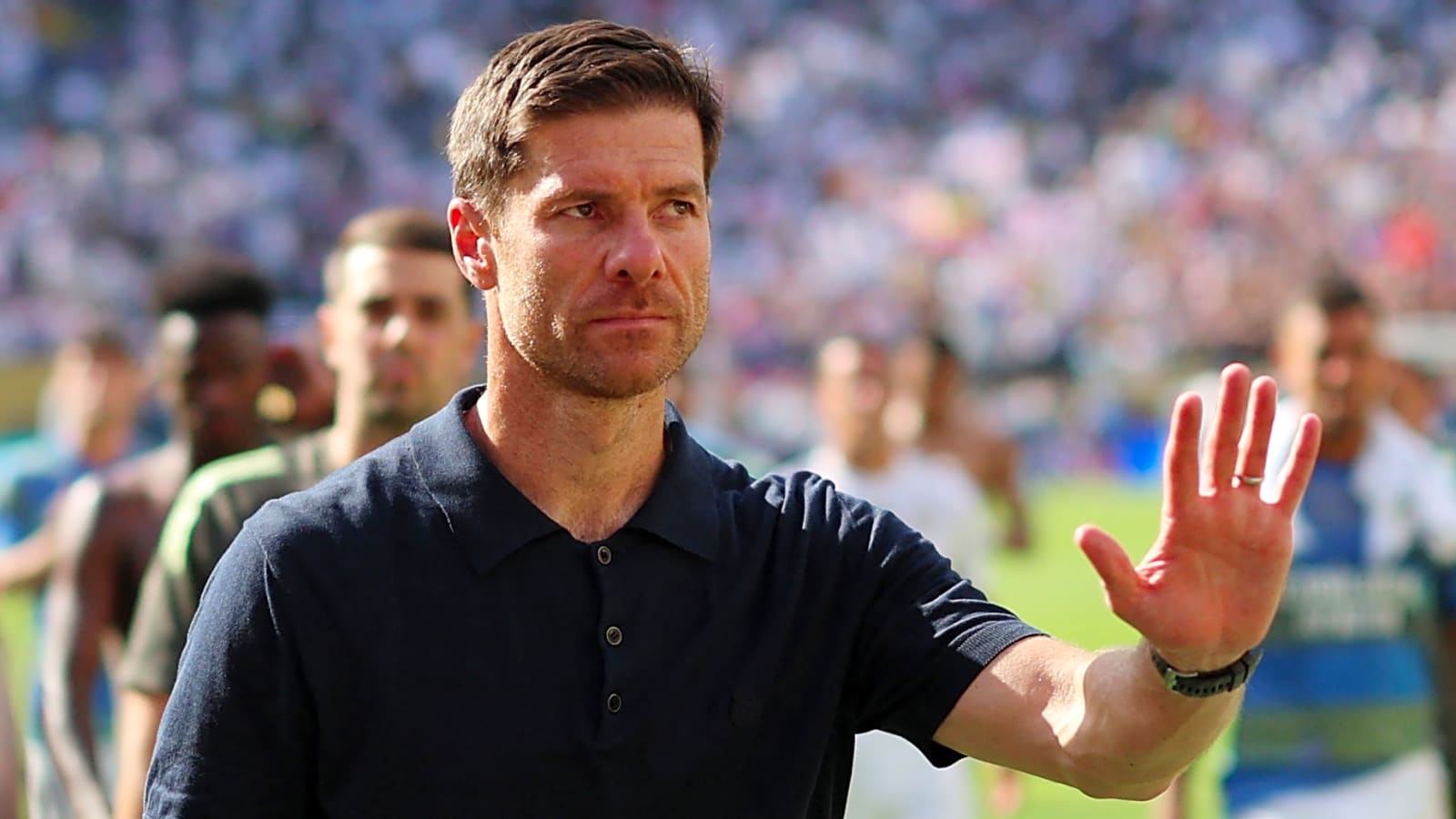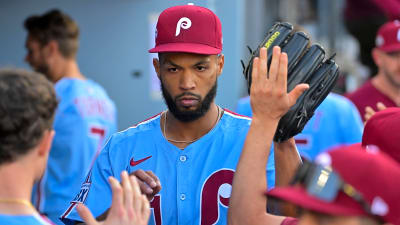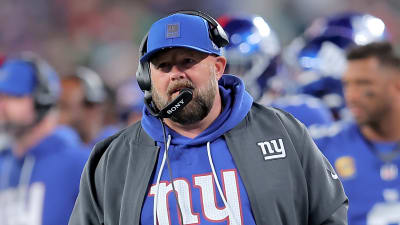
Xabi Alonso arrived at Real Madrid with a reputation for careful planning and a clear tactical identity. What he appears to want most from his new-look frontline is not more power or bulk, but the old, almost surgical acceleration that made his stars unplayable in bursts: the lightness that allowed Kylian Mbappé to slice through defences at the 2018 World Cup, the quicksilver movement that turned counters into goals in a blink. That preference feels less like vanity and more like an architectural choice. Alonso is redesigning the team’s engine, and he believes weight, even the kind that brings extra strength, can blunt the fine edges of his system.
Alonso’s message is straightforward. He wants his attackers to be sharper, quicker, and more mobile, ready to exploit space with short, explosive sprints rather than rely on physical duels after holding up the ball. The conversation about Mbappé’s physique is a symbol of a wider philosophy: players who trade some mass for nimbleness are easier to slot into a high-intensity pressing scheme, recover faster, and most importantly, maintain that suddenness that unbalances defenses. That flash of speed is what turns a half-chance into a highlight-reel goal; it is also what makes quick positional rotations and triggers for press traps function properly.
Why Leaner Bodies Fit Alonso’s System
Alonso’s approach extends beyond Mbappé. Jude Bellingham and Vinícius Júnior are equally pivotal to his plans, albeit in different ways. With Bellingham, Alonso is shaping the role into something that marries box-to-box influence with tactical discipline, lighter limbs mean quicker repositioning, better recovery into defensive zones, and the ability to shuttle between midfield and attack without lag. This is something he implemented at Bayer Leverkusen, and it worked.For Vinícius, whose game has always hinged on sudden changes of direction and acceleration, shedding unnecessary bulk preserves the one-on-one menace that defenders dread. In Alonso’s blueprint, speed and lightness aren’t aesthetic choices, they are tactical tools that free the team to press higher and move faster in transition.
There is a second, equally important layer to Alonso’s thinking, reducing defensive workload through positioning and prescriptive movement. Alonso has been vocal about expecting his forwards to contribute off the ball, but he also recognizes the balance between pressing demands and athletic sustainability. A leaner forward is not only quicker to get on top of opponents in the final third, but they are also less taxed when required to close gaps, fall back into lines, or execute repeated sprints in the press. In short, cutting down weight is a means to an end, more consistent pressing, sharper counters, and fewer minutes wasted on recovery.
If you watched Real Madrid during the recent Club World Cup, you could already spot the outlines of this plan. The tournament presented Alonso with a condensed laboratory: short preparation time, unfamiliar combinations, and the immediate pressure of competitive fixtures. In that setting, the team’s handling of transitions, both attacking and defensive, was an early indicator of where Alonso wanted them to go.
The Challenges and Payoff of the Slimmer Approach
Expecting a player to change body type quickly, especially a world class athlete with established routines is easier said than done. Training regimens, diet, and an individual’s natural physiology all play major roles, and a coach walking into the dressing room must win both the scientific argument and the players’ buy-in. With stars of Mbappé’s calibre, this becomes as much a negotiation as a prescription. The player must accept the change, the nutritionists and strength coaches must map the timeline, and the tactical staff must adapt while adjustments are underway.
There are risks. A team with lightness and speed can become physically overmatched in sustained, contact-heavy duels or when weather and fixture congestion sap freshness. Moreover, trimming mass without careful conditioning may leave players more prone to soft-tissue injuries if acceleration and deceleration loads aren’t managed correctly. That’s why any transition Alonso oversees will have to be staged, monitored, and tailored. The objective isn’t to strip the squad of strength but to recalibrate how that strength is expressed: not as static power in hold-up play, but as controlled, explosive force that complements a fluid, high-tempo system.
Tactically, the benefits of this shift are tangible. A lighter, faster front three can create mismatches in wide areas, pull centre-backs out of position with blindside runs, and make the most of half-spaces during quick play switches. It also dovetails with Alonso’s tendency to prefer compact defensive structures that convert ball recovery into immediate vertical threats.
All this makes the early months of Alonso’s tenure fascinating to watch. The leaner, quicker philosophy is not a quick fix; it is a cultural nudge that will test the club’s sports science, coaching patience, and the stars’ willingness to evolve. If it succeeds, Real Madrid’s attack could become less predictable and more devastating on the break, which could hurt opponents such as rivals Barcelona. If it stumbles, the team risks losing the brute force that can win ugly games when fine margins fail.
More must-reads:
- Erling Haaland on pace to shatter historic Premier League record
- Cristiano Ronaldo breaks goal-scoring record as Portugal suffers late collapse
- The '2024 TD catch leaders by team' quiz
Breaking News
Trending News
Customize Your Newsletter
 +
+
Get the latest news and rumors, customized to your favorite sports and teams. Emailed daily. Always free!








